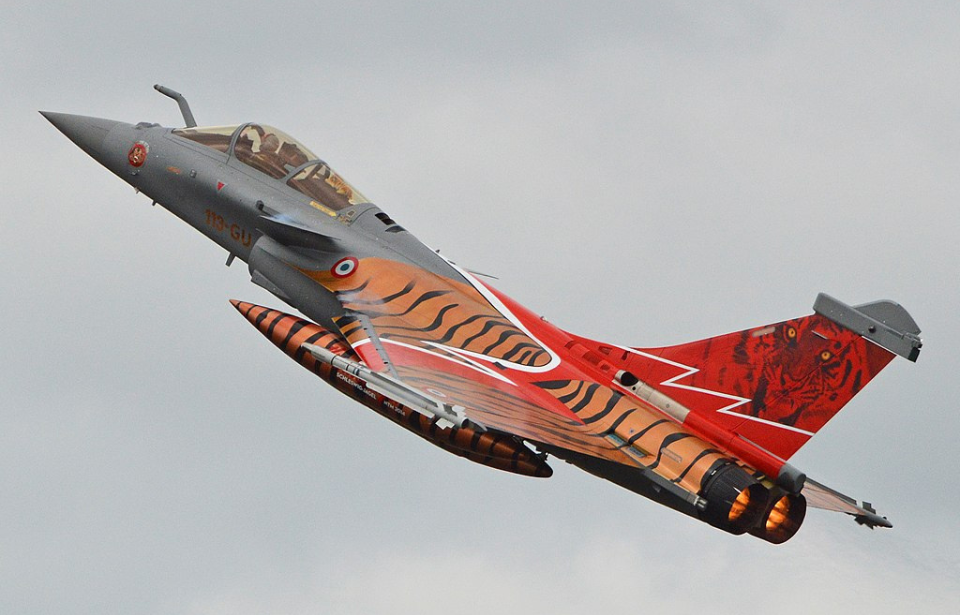The Dassault Rafale is a French twin-engine multi-role fighter. Developed in the 1980s and ’90s, the fighter was the product of disagreements with allied nations during the development of the Eurofighter Typhoon. The Rafale was introduced in 2001, and serves with the Armée de l’Air and Marine Nationale, as well as the air forces of Egypt, Qatar, India and Greece.
A new fighter and multinational cooperation
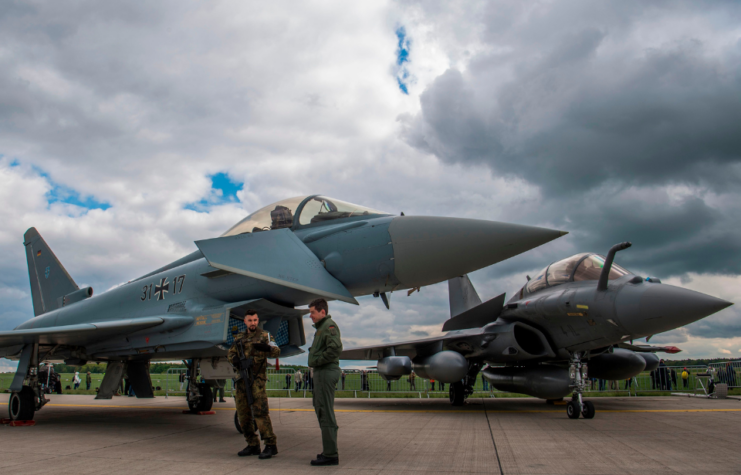
In the 1970s, the French Air Force (Armée de l’Air) and Navy (Marine Nationale) began looking for a multi-role aircraft. Due to similar requirements, and in an attempt to reduce costs, it was decided the services would receive the same aircraft.
In 1975, the Ministry of Aviation decided that key to this would be the aircraft’s ability to work with – and complement – the Dassault Mirage 2000. Four years later, Dassault-Breguet partnered with BAe and MBB for the European Collaborative Fighter project, later renamed the European Combat Aircraft (ECA) program. This collapsed in 1981, following disagreements between the three nations.
In 1983, a similar concept was introduced: the Future European Fighter Aircraft (FEFA) program. It brought together France, Britain and West Germany, as well as Spain and Italy, to develop the Eurofighter Typhoon. Frequent disagreements and a lack of common ground led France to withdraw two years later to develop its own fighter.
Development of the Dassault Rafale
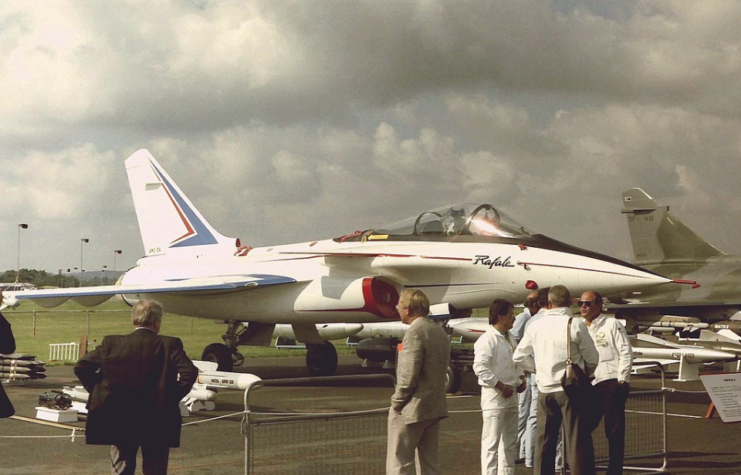
Now on their own, the French proceeded with their own plans. The Dassault Rafale was developed not only to perform these roles, but also to replace other aircraft flown by the Air Force and Navy, including the SEPECAT Jaguar; the Dassault Mirage F1 and 2000; the Étendard IVP/M; the Vought F-8P Crusader; and the Dassault-Breguet Super Étendard.
Dassault developed the Avion de Combat Experimental (ACX), given the codename Rapace, meaning “Bird of Prey.” In April 1983, the government awarded the company a contract for a demonstrator aircraft. Two years later, after France left the Future European Fighter Aircraft, the ACX was renamed Rafale, meaning “gust of wind” or “burst of fire.”
Construction of the Rafale A began in 1984, with the aircraft completing its first flight on July 4, 1986. This was followed by intensive flight tests. In 1987, French Prime Minister Jacques Chirac announced the government would proceed, with pre-production aircraft being ordered.
Single or two-seater?
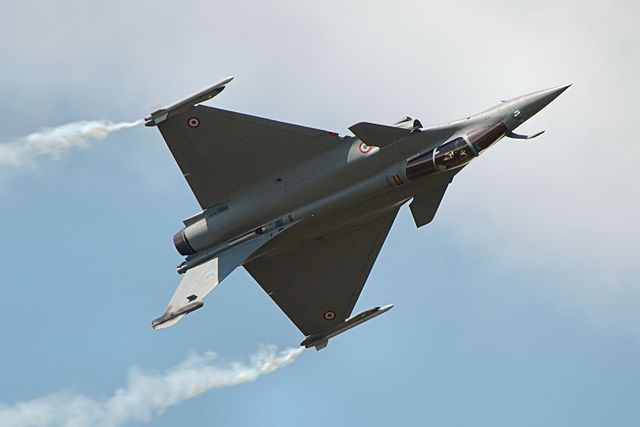
The Dassault Rafale C (chasseur, meaning “fighter”) and B (biplace, meaning “two-seater”) were destined for service with the French Air Force. Initially, the C was to take on the fighter role, while the two-seater would be a trainer. However, the Gulf War showed a second crew member was a useful addition for certain operations.
The Rafale M and N were the naval versions of the aircraft, although the latter was ultimately canceled. While it had the same look as the others, it featured a reinforced structure for carrier landings, as well as the addition of a tail hook and a built-in ladder.
Production began in 1992, with the first aircraft entering service in ’95. The first Rafale B underwent its first flight in 1998, while the first M took to the skies in ’99. The French Navy received the first two production Ms in 2000 and the Air Force received their first Bs in 2005.
Dassault Rafale specs
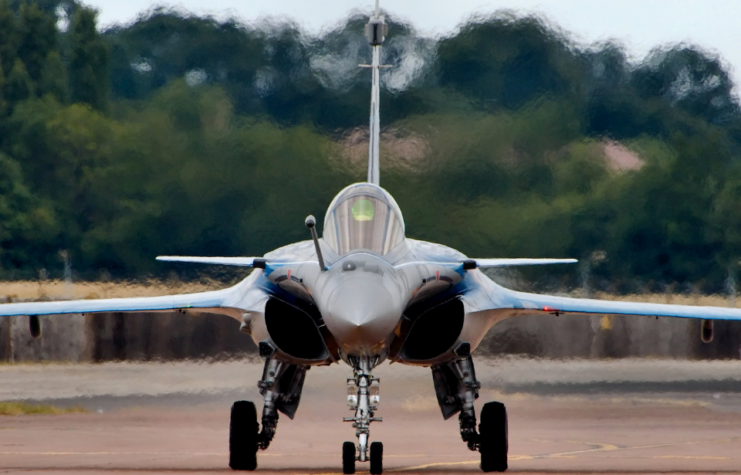
The Dassault Rafale’s design is characterized by a large delta wing with active close-coupled canards, which help maximize the aircraft’s maneuverability. The canards also reduce landing speeds to 132 MPH, and allow the aircraft to fly at airspeeds as low as 17 MPH.
The Rafale is actually an aerodynamically unstable aircraft, and the use of digital fly-by-wire flight controls keeps it stable. While not a stealth aircraft, its lower vertical stabilizer, the moving of the air intakes under the wings and its overall design reduces its radar cross-section and infrared signature. Using composite materials, which make up 70 percent of the Rafale’s construction, also helps achieve this.
Two Snecma M88 engines power the Rafale, providing the aircraft with 11,000 pounds of dry thrust and 17,000 pounds of thrust with afterburners. It has a maximum speed of Mach 1.8 at high altitudes and Mach 1.1 at lower heights, and it can sustain Mach 1.4 while in supercruise. The M88 engines also have special features, such as a non-polluting combustion chamber, which utilizes technology to reduce the aircraft’s radar and infrared signatures, contributing to its “stealth” abilities.
The Rafale carries an impressive armament. The aircraft only has one gun, a GIAT 30/M791 autocannon. With 14 hard points (13 on the naval variant), it can carry a wide range of air-to-air, air-to-ground and nuclear missiles. The Rafale also equips a variety of targeting and reconnaissance pods, as well as buddy-buddy refueling tanks and up to five drop tanks.
Dassault Rafale with the Aéronavale
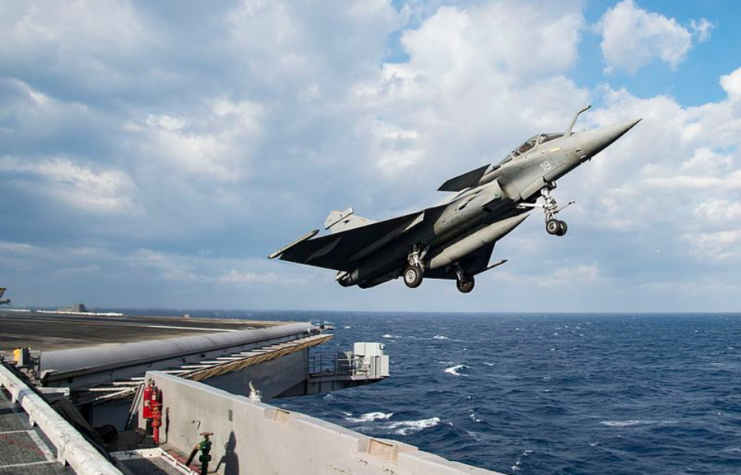
In December 2000, the first two Dassault Rafale M fighters were delivered to the aviation arm of the French Navy, the Aéronavale, replacing the service’s aging F-8P Crusader fleet. Interestingly, the M is also completely compatible with the US Navy’s Nimitz-class carriers, with one becoming the first foreign aircraft to have an engine replaced aboard an American aircraft carrier.
Rafales were deployed into combat for the first time in 2002; seven Ms aboard the aircraft carrier Charles de Gaulle took part in Mission Héraclès – the French aspect of Operation Enduring Freedom. The Rafale, however, didn’t actually take part in any action. In 2016, Ms attacked targets belonging to the Islamic State of Iraq and the Levant, the first offensive action taken by the aircraft.
Dassault Rafale with the Armée de l’Air
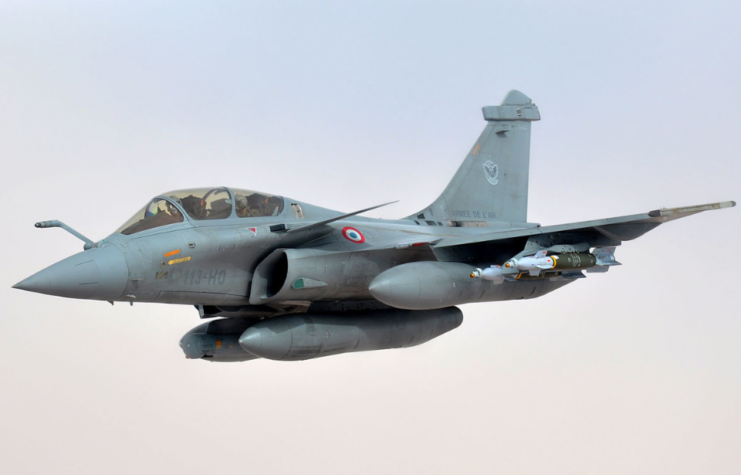
In April 2005, the French Air Force received its first Dassault Rafales. On March 12, 2007, they were deployed on their first operations, supporting Dutch troops in Southern Afghanistan. From 2009-11, at least three were stationed at Kandahar International Airport, participating in NATO operations.
On March 19, 2011, Rafales began conducting reconnaissance and strike operations in Libya during Opération Harmattan. Initially, the targets were artillery pieces, but, later, the fighters directly attacked Benghazi.
In January 2013, the Rafale participated in Opération Serval, as part of the French support for the Mali government against the Movement for Oneness and Jihad in West Africa. In September 2014, Rafales were deployed over Iraq for Opération Chammal, which saw the aircraft strike Islamic State militant targets.
Most recently, Rafale Bs participated in missile strikes as part of the Syrian Civil War.
Current and future operators
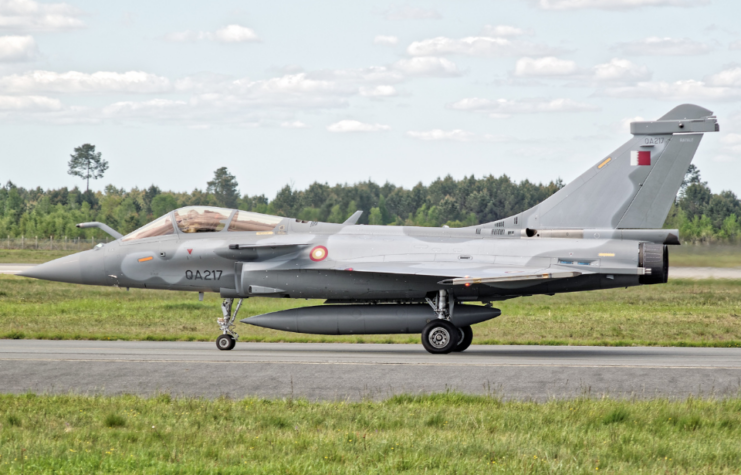
In addition to France, the Dassault Rafale is also flown by the Egyptian Air Force, the Qatar Emiri Air Force, the Hellenic Air Force and the Indian Air Force. The fighter has also been ordered by the Croatian Air Force, the Indonesian Air Force and the United Arab Emirates Air Force.
The Rafale is currently being considered by Bangladesh, Columbia, Iraq, Malaysia, Saudi Arabi and Serbia. There were also many failed bids with nations, including Belgium, Canada, Finland and Switzerland, who chose the Locheed Martin F-35 Lightning II, instead.
More from us: A Gloster Meteor Once Deflected A V-1 Flying Bomb With Its Wing
Ukraine has also expressed interest in the Dassault Rafale. Since the Russian invasion in February 2022, various countries have supplied Ukraine with weapons to defend against attacks. It’s been reported that France doesn’t rule out the possibility of sending Rafales or other fighters to the battle-torn nation, although none have been transferred.
